Vintage style engagement rings offer a captivating blend of history, craftsmanship, and unique charm that speaks to a love as enduring as the eras they represent. If you’re dreaming of a ring that feels both classic and personal, then a journey into the world of vintage style is for you.
But where do you begin? This guide will serve as your compass to navigate the enchanting world of vintage designs and find the one that uniquely tells your love story.
Navigate to:
Why Choose Vintage Style Engagement Rings
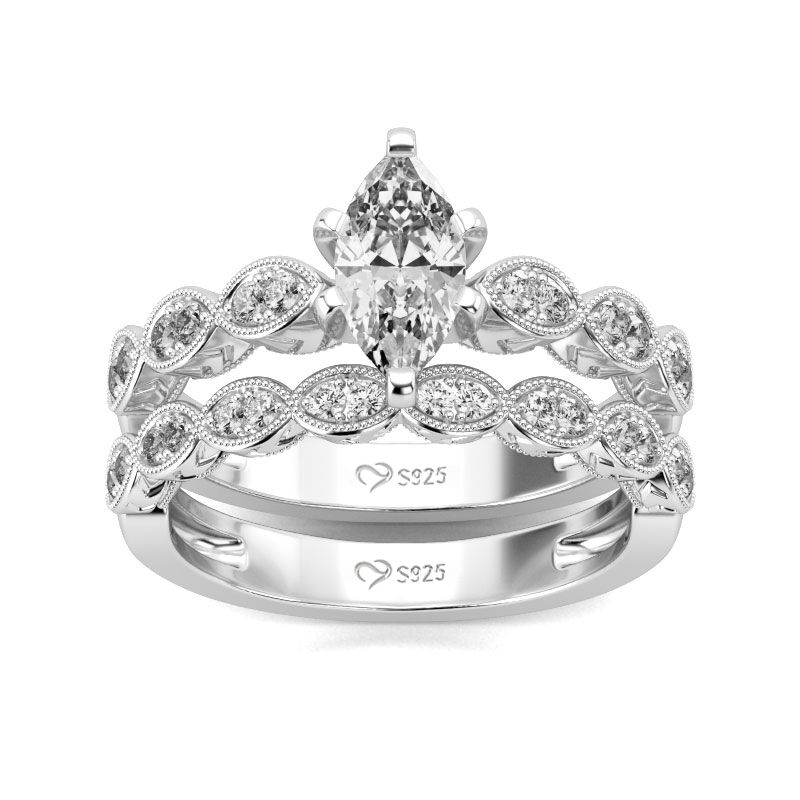
Before we dive into the specifics, let’s explore the allure:
- Unique Character: Unlike mass-produced modern rings, vintage styles often boast intricate details, hand-finished elements, and a distinct personality that makes each piece special.
- Exceptional Craftsmanship: Many vintage rings were made with meticulous attention to detail and superior craftsmanship that is harder to find in today’s fast-paced production.
- Sustainable Choice: Opting for a vintage or vintage-inspired ring is a wonderfully eco-conscious decision, giving a beautiful piece a new lease on life.
- Affordability (Potentially): While some antique pieces can be highly valuable, vintage-inspired rings can offer a more accessible way to achieve a desired aesthetic without the premium price tag of a true antique.
- Timeless Elegance: The designs of bygone eras have a proven track record of enduring beauty, transcending fleeting trends.
Popular Vintage-Style Engagement Rings
The term “vintage” can encompass a wide range of time periods. Here are some of the most beloved and influential eras that inspire today’s vintage style engagement rings:
1. Art Deco (1920s-1930s): Bold Geometry and Glamour
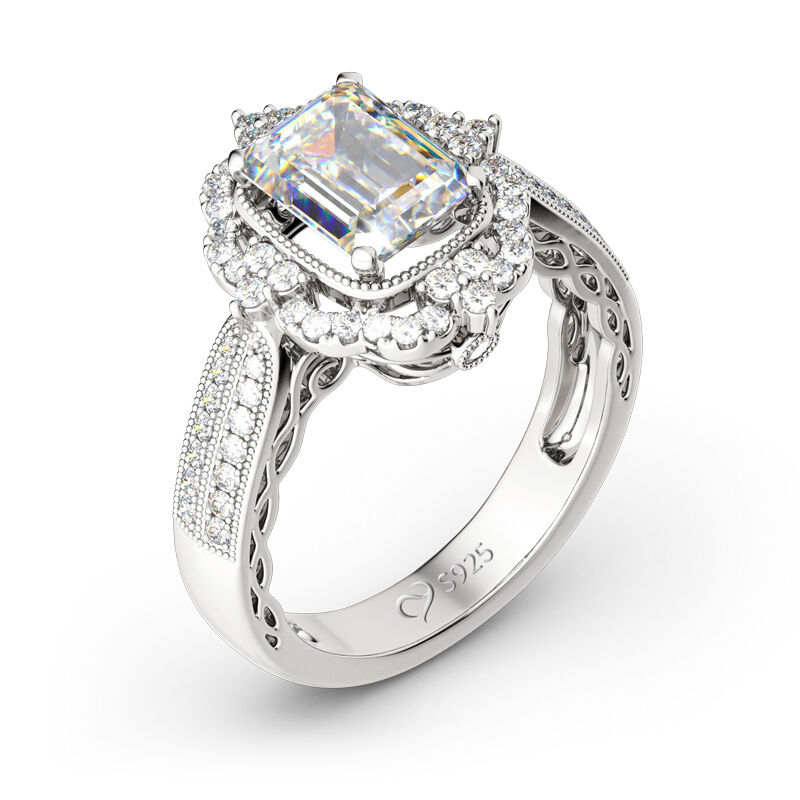
The Roaring Twenties brought a spirit of exuberance and a fascination with geometric patterns. Art Deco engagement rings are characterized by:
- Geometric Shapes: Sharp lines, octagonal and rectangular settings, symmetrical designs, and stepped patterns.
- Intricate Milgrain Detailing: Tiny beads of metal that add texture and definition around edges and settings.
- Accents of Smaller Stones: Often featuring small diamonds or colored gemstones (like sapphires or emeralds) to enhance the main stone.
- Platinum and White Gold: These metals were popular for their cool, modern aesthetic.
- Central Stones: Often a prominent diamond, but also emerald-cut, Asscher-cut, or baguette-cut stones were favored.
Think: Daisy Buchanan’s dazzling jewels, architectural marvels, and a touch of flapper flair.
2. Edwardian (1901-1910): Delicate Lace and Platinum Whimsy
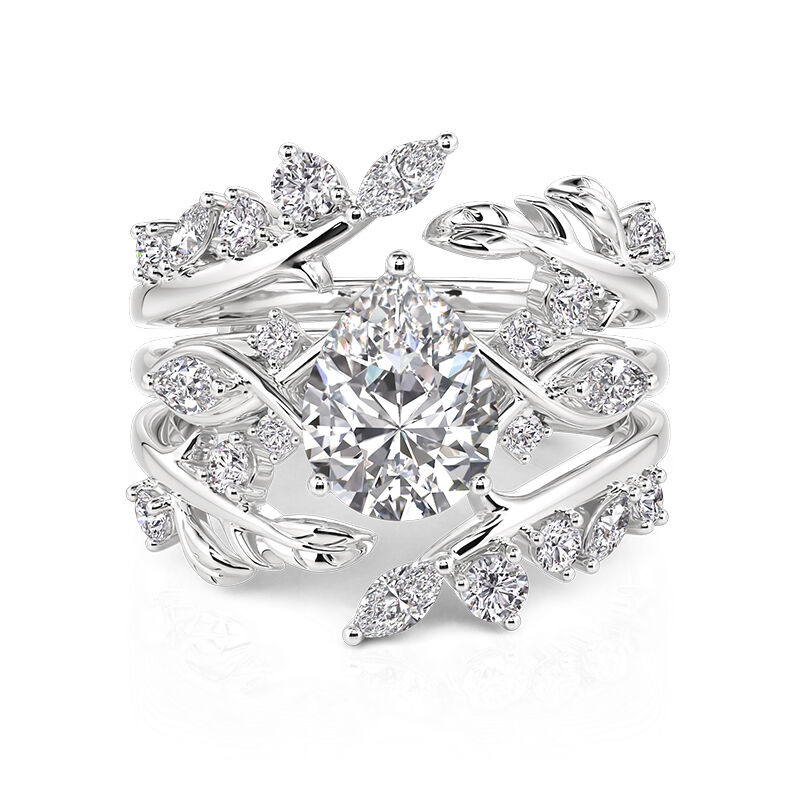
This brief but influential period was marked by elegance, romance, and a love for delicate, intricate designs. Edwardian-inspired rings often feature:
- Filigree and Lace-like Metalwork: Intricate scrolling, openwork, and delicate metal detailing that resembles lace.
- Platinum: The metal of choice for its strength and ability to be worked into fine, delicate forms.
- Small, Bright Diamonds: Often old European cut or mine cut diamonds, used generously to create a dazzling effect.
- Pear and Marquise Shapes: These elongated cuts were popular and added a touch of feminine grace.
- Floral Motifs: Delicate floral patterns and leafy designs are common.
Think: Royal weddings, refined elegance, and the delicate beauty of a blooming flower.
3. Victorian (1837-1901): Romantic Symbolism and Bold Gems
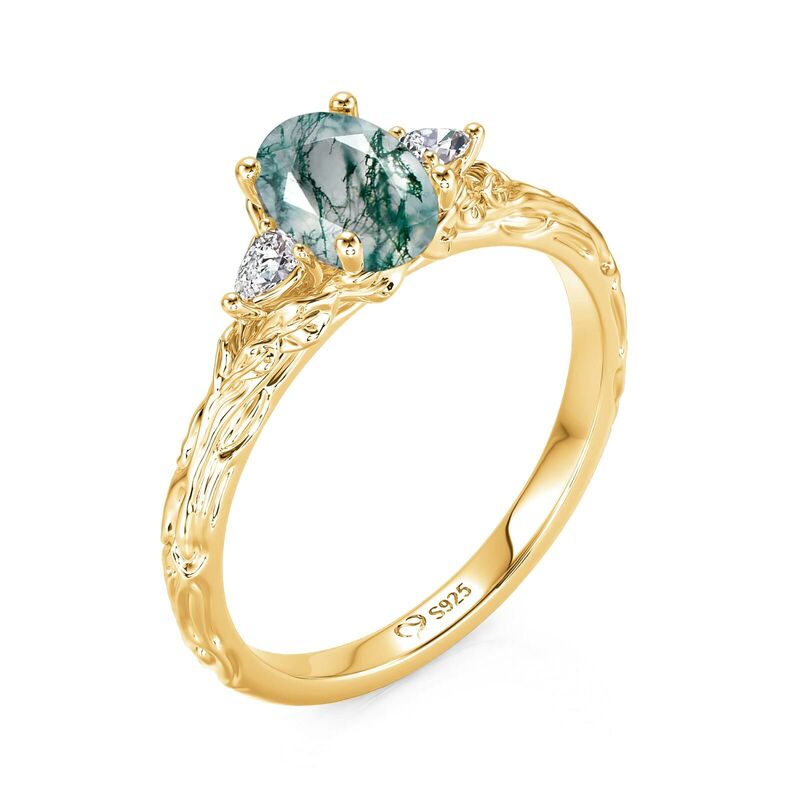
The Victorian era, spanning Queen Victoria’s long reign, saw a shift in styles, often reflecting the romantic and sentimental nature of the time. Key features include:
- Ovals and Rounds: Traditional diamond cuts were prevalent.
- Yellow Gold: The dominant metal, often engraved.
- Belcher and Gypsy Settings: Where the diamond is set flush within the band for a sleek look.
- Symbolism: Rings often incorporated symbols of love, such as hearts, scrolls, or even mnemonic rings (where gemstones represented letters of a word, like “Dearest”).
- Colored Gemstones: While diamonds were popular, rubies, sapphires, and emeralds were also frequently used, often surrounded by smaller diamonds.
Think: Enduring love, storytelling through jewelry, and a touch of regal charm.
4. Mid-Century Modern (1940s-1960s): Clean Lines and Bold Settings
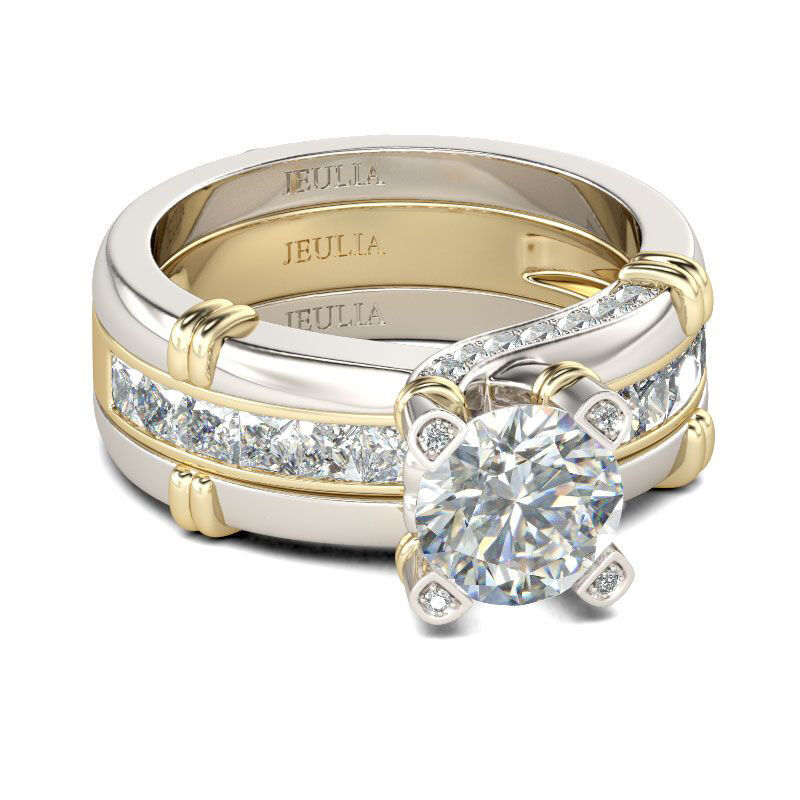
Following the austerity of WWII, jewelry designs became bolder and more sculptural. Mid-century inspired rings showcase:
- More Substantial Settings: Settings that were less delicate than Edwardian styles, often with cleaner lines.
- Yellow and White Gold: Both were popular, sometimes combined.
- Brilliant Cuts: The modern round brilliant cut gained popularity.
- Unique and Sculptural Designs: Rings that felt more modern and less ornate than previous eras, but still with a vintage charm.
Think: Classic Hollywood glamour with a touch of modern sophistication.
Key Elements to Look For in Vintage Style Engagement Rings
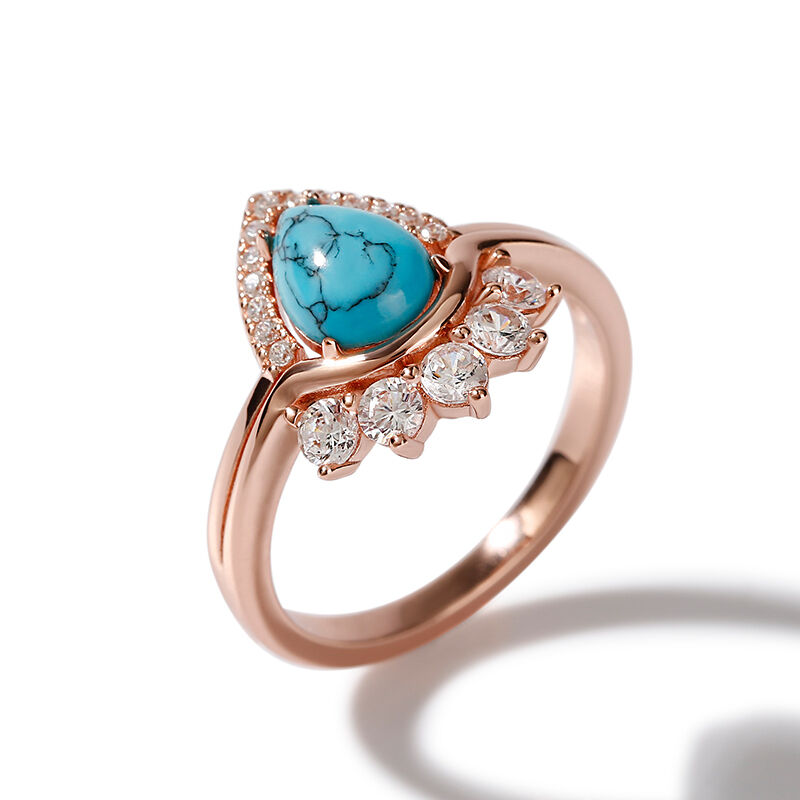
Whether you’re looking for a true antique or a newly crafted vintage-inspired piece, here are some elements to keep an eye out for:
- The Center Stone: Oval, pear, marquise, emerald-cut, Asscher-cut, and old European cut diamonds are all hallmarks of vintage styles. Don’t be afraid of unique cuts!
- The Setting: Look for details like milgrain, filigree, geometric patterns, and intricate engraving.
- The Metal: Platinum, white gold, and yellow gold are all classic choices depending on the era you’re drawn to.
- Accent Stones: Small diamonds, sapphires, emeralds, or other colored gemstones can add character and history.
- The Band: Consider the width and any detailing on the band itself. Engraving, patterns, or a tapered design can all add to the vintage feel.
Tips for Finding Your Perfect Vintage Style Engagement Rings
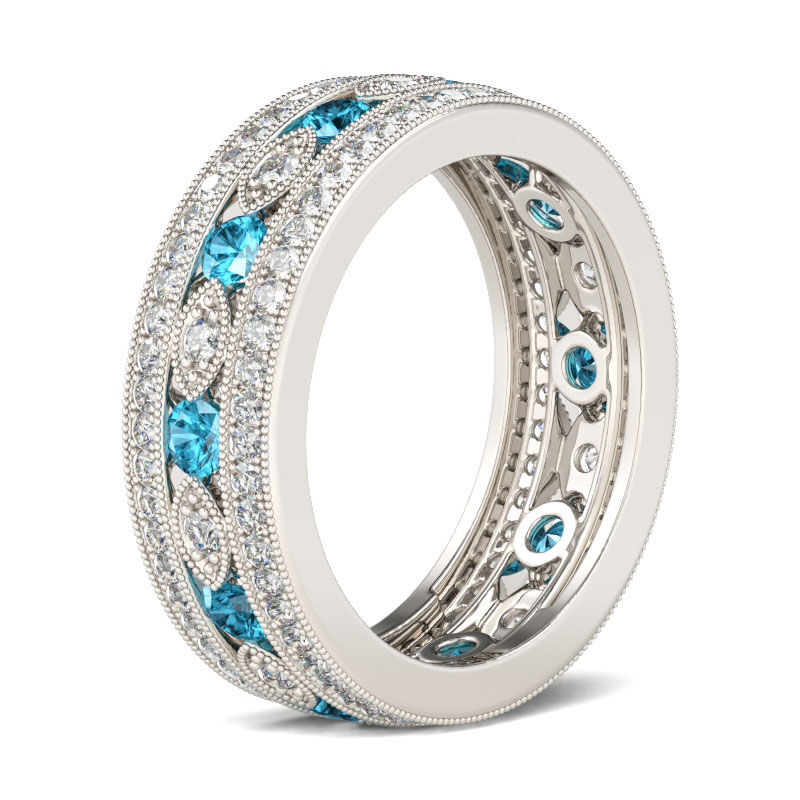
- Do Your Research: Familiarize yourself with the different eras and their signature styles. Browse inspiration online, in magazines, and at antique jewelry fairs.
- Consider a Vintage-Inspired Ring: If a true antique feels out of reach or you have concerns about the longevity of the setting, a vintage-inspired ring crafted by a contemporary jeweler can offer the best of both worlds – the aesthetic with modern durability.
- Prioritize Quality: Regardless of the era, ensure the craftsmanship is excellent. Look for clean settings, secure stones, and well-executed detailing.
- Think About Your Partner’s Style: Does your partner gravitate towards classic elegance, art deco glamour, or something more understated? The ring should complement their personal style.
- Don’t Be Afraid of Imperfection (for true antiques): A few minor signs of age on a genuine antique can add to its unique charm and history.
A vintage style engagement ring is more than just jewelry; it’s a wearable piece of history, a testament to enduring love, and a beautiful way to start your own timeless love story.
More Jeulia Post:
Nature-Inspired Leaf Engagement Rings for a Unique Proposal
Ideas for Your Perfect Wedding Ring Engraving
The Difference Between Engagement Ring Enhancer and Wedding Band
